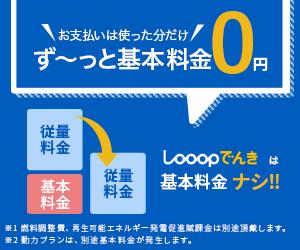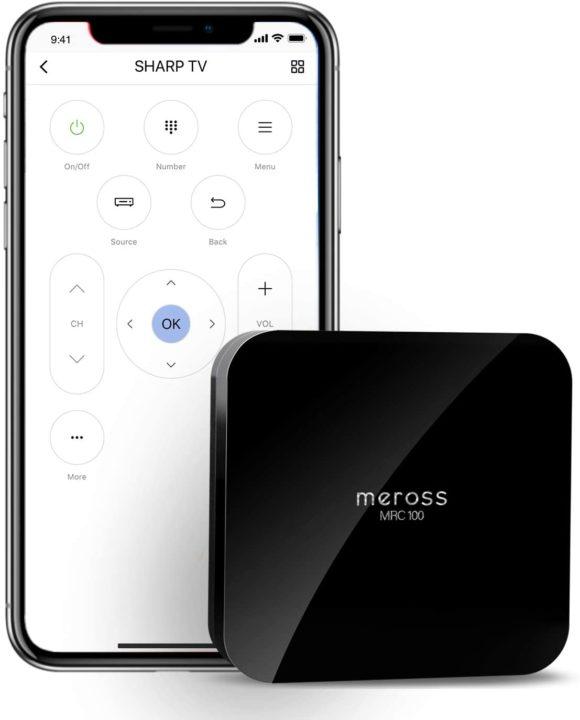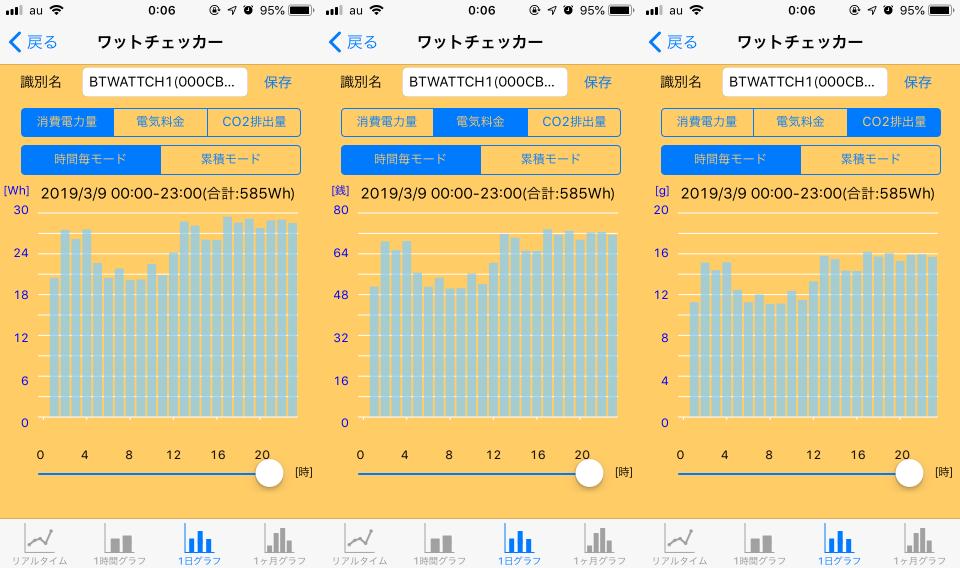Is a kotatsu actually cheaper than an air conditioner? Comparison when left on
Many people love to use a kotatsu as a sub-heater to save on the main heating costs. So, how much does the electric bill for a kotatsu cost? We will explain the electricity bill when you leave it on, and the comparison with air conditioners and other heating appliances. We will also introduce you to how to save your electricity bill, so please refer to it.
How much does a kotatsu cost?
The main heat sources for kotatsu are quartz tube heaters, halogen heaters, and flat heaters. Here, we will explain the characteristics of each heat source and the electricity cost per hour.
Quartz tube heater
The quartz tube heater is the most standard type of kotatsu heater. It has been in circulation for a long time, so many people probably think of this type of kotatsu when they think of it.
Quartz tube heaters take a little longer to reach the proper temperature after turning on the switch, so it takes some time for the inside of the kotatsu to warm up. It is characterized by the radiant heat of far infrared rays that gently warms the body.
The power consumption of the quartz tube heater is about 500W. (Size: Width 120 x Depth 75 x Height 38 cm, unit price of electricity: 27 yen per kWh)
Halogen
A halogen heater is a type of kotatsu in which a halogen lamp, which is a heating element, lights up and emits near to mid-infrared rays. It has a fast start-up time and excellent instant warmth, so it is characterized by being able to quickly and powerfully warm up the inside of the kotatsu. Therefore, the price of the main unit tends to be slightly higher than other kotatsu of the same size, but it also has the advantage of a long life.
However, due to the rapid heating power, the power consumption is about 600W, which is slightly more than the quartz tube heater, and the electricity bill is higher. The electricity bill is about 1.9 yen per hour for low and about 4.9 yen per hour for high. (Size: Width 120 x Depth 80 x Height 41 cm, unit price of electricity: 27 yen per kWh)
Flat heater (carbon heater)
The flat heater is a type of kotatsu that is warmed by a flat, thin carbon heater. It is thinner than other heaters, so it is easy to put your feet in and take it out. In addition, the rectangular carbon heater has the advantage of being evenly heated because heat is efficiently distributed inside the wide kotatsu.
The power consumption is about 300W, and the electricity bill is about 2.2 yen per hour at low and about 3.9 yen per hour at high. (Size: Width 120 x Depth 75 x Height 38 cm, unit price of electricity: 27 yen per kWh)
What is the electricity bill if the kotatsu is left on?
The cost of electricity for a kotatsu varies depending on the size, type of heater, usage, and other factors. As a guideline, it costs about 1.3 to 2.2 yen per hour for low, and about 3.8 to 4.9 yen per hour for high. If you leave it on for 10 hours a day, the electricity bill will be about 13 to 49 yen. If you use the kotatsu for 10 hours a day, the estimated monthly electricity bill is 390 to 1,470 yen.

The kotatsu is designed for safe use by properly controlling the temperature with a thermostat and microcomputer control. Actual electricity bills can be even lower, as some have temperature sensors that detect high temperatures and automatically turn off, or turn on and off automatically to keep them at the right temperature.
Is the electricity bill for a kotatsu cheaper than an air conditioner or hot carpet?
Then, how much does the electricity bill for a kotatsu differ from other heating furniture?
The electricity bill for the air conditioner for 6 tatami mats (power consumption 440W) is 11.88 yen per hour (unit electricity rate: 27 yen per 1kWh). It is 118.8 yen for 10 hours of use per day, or 3,564 yen per month. As mentioned above, kotatsu costs 390 to 1,470 yen, so it is cheaper to use than an air conditioner. However, air conditioners are ideal for heating the entire room, so they are used differently than kotatsu, which heats only a portion of the room.
How about a hot carpet, which has similar uses to a kotatsu? The electricity bill for a hot carpet is about 5.8 to 8.7 yen per hour for a 2 tatami mat (in the case of power consumption scale of 215W in the middle and 320W in the high) (calculated at a unit price of 1kWh of 27 yen). It costs 58 to 87 yen for 10 hours of use per day, and 1,740 to 2,610 yen for a month. In other words, hot carpets are more expensive than kotatsu, and the difference in electricity costs is particularly large for the cheapest line.
How to save electricity for kotatsu?
I have explained the electricity cost of the kotatsu, but if you review how to use it, you can further reduce the electricity cost. Here are some ways to save electricity on your kotatsu.
Using a carpet or insulation sheet together
We recommend using a kotatsu with a carpet or rug on the floor. The special kotatsu futon is thick and comfortable to sit on, and the warm air does not escape from the floor. Additionally, you can put a sheet of insulation under the rug to keep the cold air out of the floor. It also increases the heat retention effect of warm air, which leads to saving of electricity bills.
Use a thick top comforter
Thick quilts on which the kotatsu top plate is placed also have a higher insulation effect than thin futons. If it is large enough for the size of the kotatsu, there will be less gaps when going in and out, or when several people are using it, and heat retention will be good.
However, if you want to store it in the off-season, you need to secure a larger storage space than a thin futon. If you choose a top comforter made of a material with high heat retention, such as heat-storing cotton or feathers, you will be able to reduce your electricity bill.
Set to medium to low
When you first start using the kotatsu, you may often use it to warm up at once with strong operation. However, once the inside of the kotatsu is warm enough, you can reduce power consumption by setting it to medium to low to keep warm air from escaping. There is a difference of more than 2 yen per hour in the electricity bill between high and low, so the longer you use it, the higher the electricity bill saving effect will be.
Use a kotatsu with a motion sensor function
If you have a kotatsu with a motion sensor, it will detect the movement of people inside the kotatsu and automatically turn it on and off, preventing you from leaving the light on all the time.
The problem with kotatsu is that it is difficult to tell from the outside if the heater is on or not. Therefore, it is easy to make a mistake that the light is left on even though no one is using the kotatsu.
In the unlikely event that the temperature control function such as the thermostat is malfunctioning, the risk of fire increases. If a part of the quilt is turned up, the warm air will escape through it, which will be a waste of your electricity bill.
Summary
We found that the electricity bill per hour for a kotatsu is cheaper than for an air conditioner or hot carpet. The kotatsu keeps the warm air inside as much as possible and keeps the electricity bill down. You can save even more on your electricity bill by choosing a warmer comforter or rug, or by using a lower temperature setting. If you are thinking of buying a kotatsu, we recommend that you choose the type of heater that is suitable for your purpose.
*The content of this article is based on the information available at the time of writing. The system and contents may change after publication, so please check the latest information on each website. ~This article is also read~ [2021 Popular Article | Utility Costs] How to spend comfortably while saving electricity for air conditioning, 24-hour ventilation, and lighting? What are the heating appliance trends for this cold winter? Expert commentary based on soaring electricity bills and fuel costs [Not enough for heating alone? ~Related Links~Simulate the amount you can borrow for a home loanSimulate how much you can save by refinancing a home loan Make an appointment to visit an ARUHI store



![[EV's simple question ③] What is good for KWH, which represents the performance of the battery?What is the difference from AH?-WEB motor magazine](https://website-google-hk.oss-cn-hongkong.aliyuncs.com/drawing/article_results_9/2022/3/9/b2506c4670f9f2cb45ffa076613c6b7d_0.jpeg)
![[How cool is the 10,000 yen range?] 1st: The performance of the "robot vacuum cleaner with water wiping function (19800 yen)" like Rumba is ...](https://website-google-hk.oss-cn-hongkong.aliyuncs.com/drawing/article_results_9/2022/3/25/5251bb14105c2bfd254c68a1386b7047_0.jpeg)

